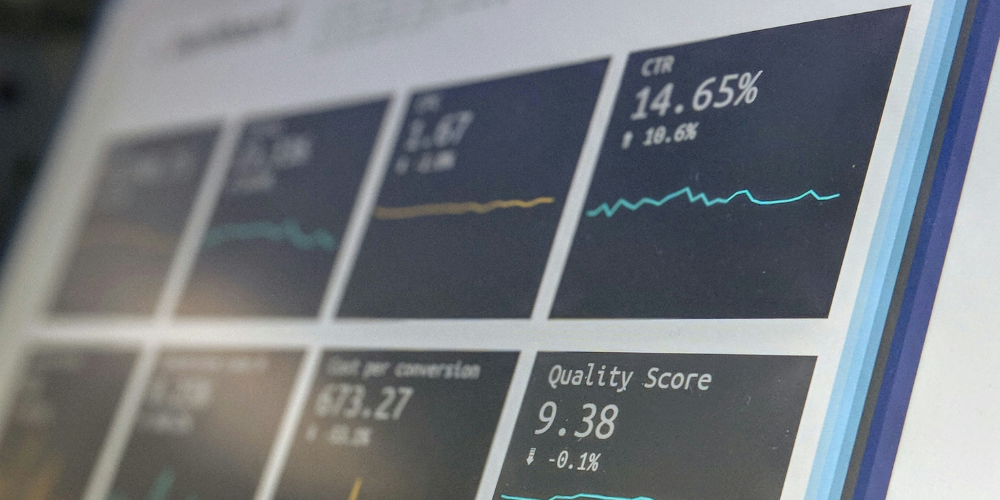
Data Visualization techniques and tools you need

Consuming large sets of data isn’t always straightforward. Sometimes, data sets are so large that it’s downright impossible to distinguish anything useful from them. That’s where data visualizations come in.
What Are Data Visualization Tools?
Data visualization tools provide data visualization designers with an easier way to create visual representations of large data sets.
- Microsoft Excel (and Power BI)
Microsoft Excel is a spreadsheet software, not a data visualization tool. It has useful data visualization capabilities. You can use Excel to design at least 20 types of charts using data in spreadsheets. These include common options, such as bar charts, pie charts, and scatter plots, to more advanced ones like radar charts, histograms, and treemaps.
https://www.microsoft.com/en-gb/microsoft-365/p/excel/
- Google Charts
For professionals interested in creating interactive data visualizations destined to live on the internet, Google Charts is a popular free option. The tool can pull data from various sources—including Salesforce, SQL databases, and Google Sheets—and uses HTML5/SVG technology to generate charts, which makes them incredibly accessible. It offers 18 types of charts, including bar charts, pie charts, histograms, geo charts, and area charts.
https://developers.google.com/chart
- Tableau
Tableau is one of the most popular data visualization tools on the market for two main reasons: It’s relatively easy to use and incredibly powerful. The software can integrate with hundreds of sources to import data and output dozens of visualization types—from charts to maps and more. Tableau offers several products, including desktop, server, and web-hosted versions of its analytics platform, along with customer relationship management (CRM) software. It is a good option to learn the software’s basics, but it’s not ideal for sensitive data.
- Zoho Analytics
This is a data visualization tool specifically designed for professionals looking to visualize business intelligence. It’s most used to visualize information related to sales, marketing, profit, revenues, costs, and pipelines with user-friendly dashboards. More than 500,000 businesses and two million users currently leverage the software.
https://www.zoho.com/analytics/
- Datawrapper
Is used to generate charts, maps, and other graphics for use online. While Datawrapper is easy to use, it’s somewhat limited, especially compared to others on this list. One of the primary limitations is that it doesn’t integrate with data sources. Instead, you must manually copy and paste data into the tool, which can be time-consuming and liable to error if you aren’t careful.
- Infogram
Infogram is another popular option that can be used to generate charts, reports, and maps. You can use it to create infographics, making it especially popular among creative professionals. Additionally, the tool includes a drag-and-drop editor, which can be helpful for beginners. Visualizations can be saved as image files and GIFs to be embedded in reports and documents, or in HTML to be used online.
Important Visualization Techniques
The type of data visualization technique you leverage will vary based on the type of data you’re working with. Here are some Techniques:
| Pie Chart | Box & Whisker Plot | Pictogram Chart | Choropleth Map |
| Bar Chart | Waterfall Chart | Timeline | Word Cloud |
| Histogram | Area Chart | Highlight Table | Network Diagram |
| Gantt Chart | Scatter Plot | Bullet Graph | Correlation Matrices |
| Heat Map |
However, it’s not simply as easy as just dressing up a graph to make it look better. Effective data visualisation is a delicate balancing act between form and function. The data and the visuals need to work together to create a functioning and appealing graph.
Here at Cosonas, we aim to make your online marketing easier to help boost your business. Get in touch now via:
- Email at hello@cosonas.com
- phone: +44(0)2034321794
- WhatsApp 07469739128
- Social Media: Facebook Page, Instagram, Twitter, LinkedIn
Do you want to learn the top 8 JavaScript tips for every Web Developer? Click Here



